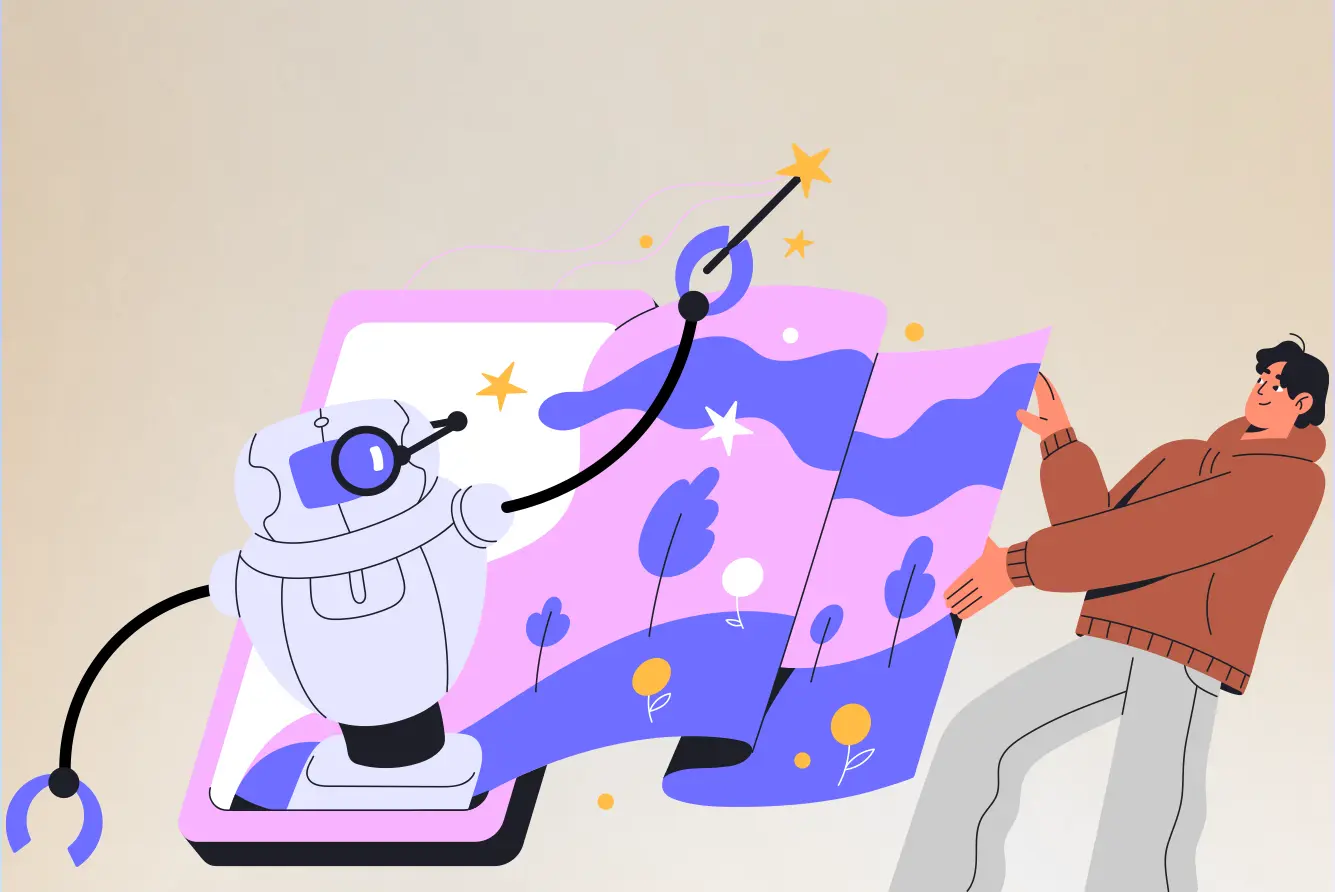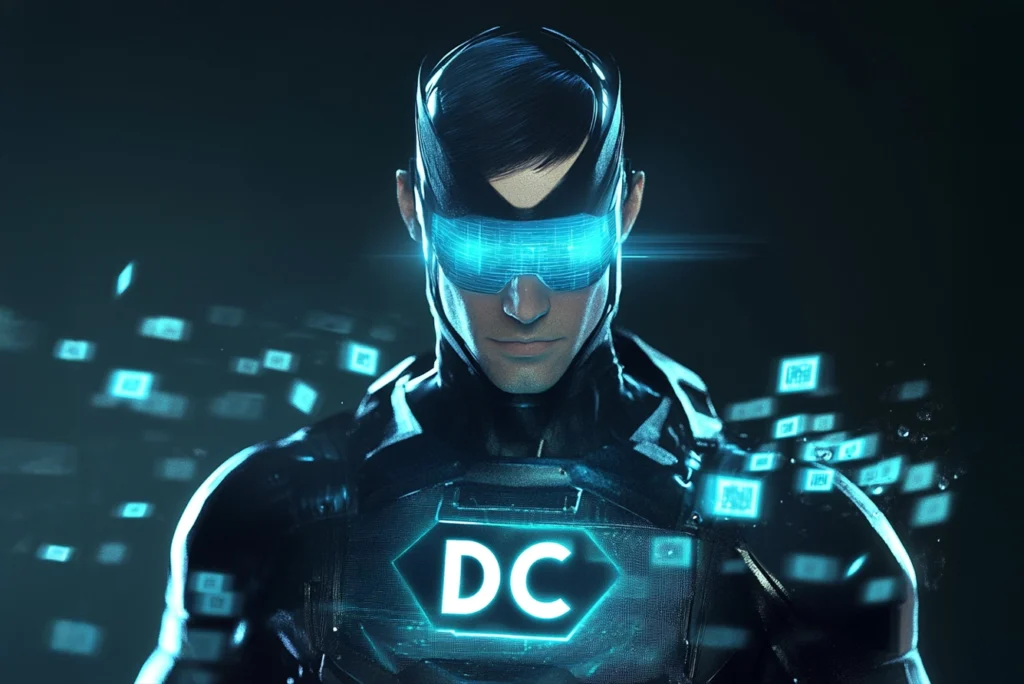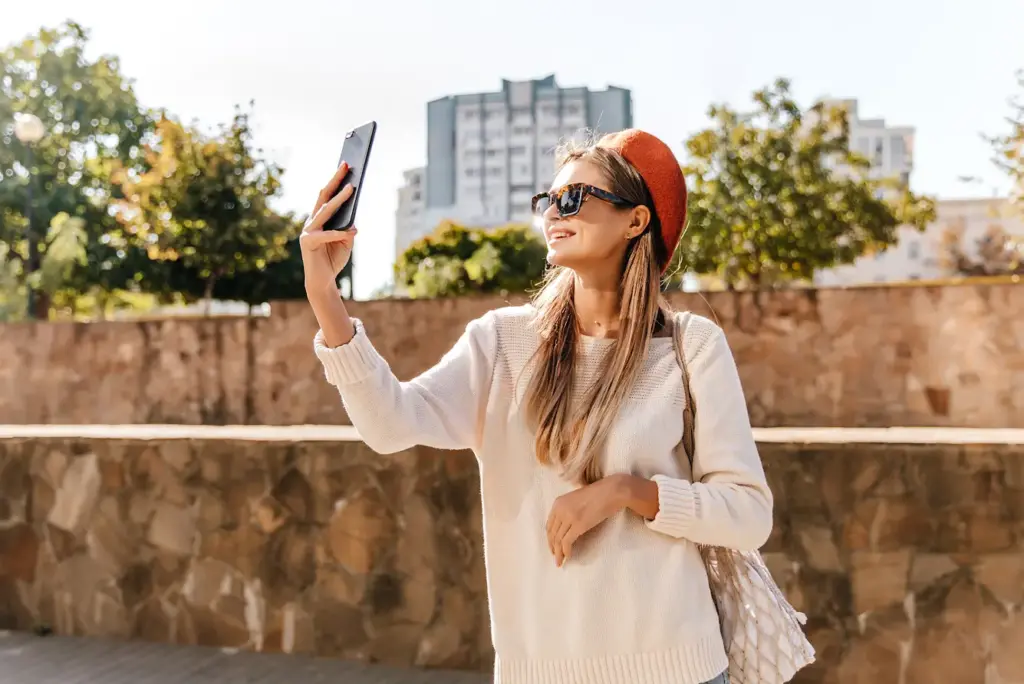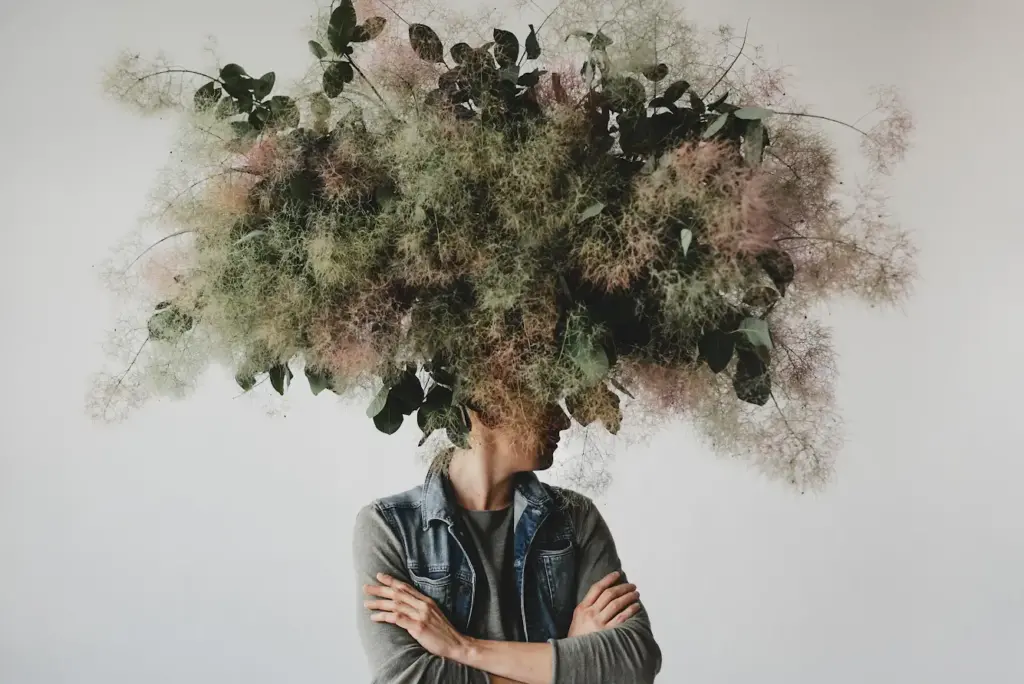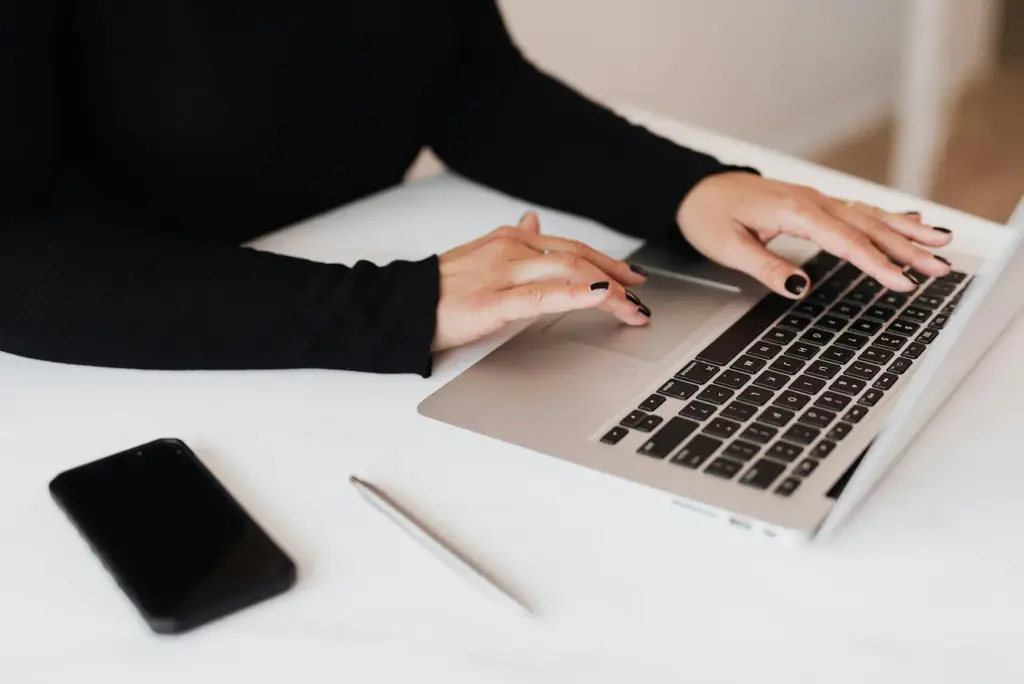Graphic design is evolving in unexpected ways, while artificial intelligence is blowing an ever stronger wind in the sails of creativity. In the world of digital marketing, this technology opens new opportunities, redefines standards and raises the question: in what ways will AI change the future of visual communication, and where is the moral line?
I grew up alternative in a small town, and it looked something like this – black wardrobe, old Converse shoes, eyeliner, MP3 player blasting Iron Maiden and whatever form of creative tool in hand. The passion for creation was always present (as opposed to the resources), so the phases of drawing, photography, recording, etc. alternated. Let’s face it, any (semi) professional equipment has always been out of my reach, so in this particular scenario we’re mostly talking about second-hand mobile phones. Improvisation was my ally, and the Sony Ericsson T610 was my faithful assistant.
We all have shaky beginnings and it took a lot of time (and investment) for my skills to reach a certain level, but thanks to all those limitations I learned an important lesson – limitations can be a stimulus for innovation and true creativity often blossoms from the need for resourcefulness. Today, as a designer at a digital marketing agency with our own photography studio, I use those lessons to get the most out of every situation, often combining classic techniques with innovative solutions.
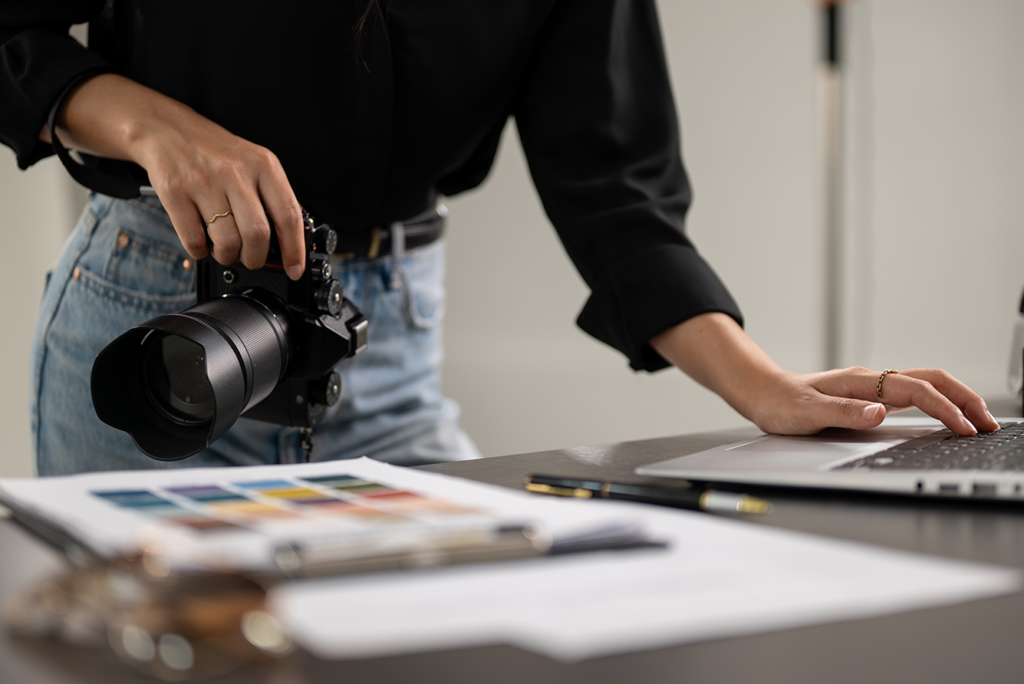
Creative Props
In a professional context, I still appreciate simpler approaches. Although I work with top-of-the-line equipment, I often use everyday objects as props in our studio. For example, an old wooden board can serve as a background that gives a rustic charm, glass containers can give interesting refractions of light, while ordinary sheets of paper, aluminum foil and mirrors can become light reflectors. Such elements not only allow customization and flexibility, but also add a unique character to the visuals. But today we’re talking about a more subtle addition to the whole story, a relatively new trick up our sleeve.
AI as a tool for visual innovation
One of the most exciting and controversial advances in design in recent years is the use of artificial intelligence (AI). Many fear that excessive use of AI could undermine the authenticity and uniqueness of artistic expression. They emphasize that while AI can generate impressive visuals and designs, it often operates without the deeper intent, emotion, and critical thinking that are essential to creating true art. The biggest problem is the risk of homogenization of art, where AI, relying and training on existing samples and data, can create works that are more like copies than originals, which in turn can lead to plagiarism and lack of ethical recognition of real authors (and questionable marketing moves – read me).
What about the EU?
The European Union and many European countries pay attention to the regulation of AI technologies, and on August 1st, 2024, the European Artificial Intelligence Act came into force, which aims to encourage the responsible development and implementation of artificial intelligence in the EU. The next step of each EU member state during the transition period is to adapt national laws and establish national bodies to supervise and enforce them. We will definitely go over this interesting topic in more detail when the time comes, that is, when the new laws are available.
Until then, let’s go back to the how-to part of this article, which is one (mostly) useful tool – the famous generative fill in Adobe’s Photoshop and how to use it to your advantage.
Hilarious hand and face generation aside, Adobe’s AI can help us when it comes to creating visuals that would otherwise require larger budgets and resources. Instead of an expensive rental of a physical location, we can incorporate realistic backgrounds into the visual, for example, cafés or restaurants, a bokeh effect or the atmosphere of a living room. All this is possible with the help of cleverly worded prompts – the instructions we give to AI tools. Clear and precise prompts help the AI generate visuals or text that accurately reflect the desired idea, while vague or imprecise prompts can lead to results that make you blink out loud. In essence, the skill of writing prompts becomes a key creative skill in using AI technologies.
The steps for using generative fill in Adobe Photoshop are as follows:
Select an object or area in the photo using the Selection tool (Quick selection tool, Lasso or Pen tool, etc.). The object cannot be a vector graphic, but a raster one.
- A Generative Fill pop-up window will appear or go to the menu bar under Edit > Generative Fill
- Enter a textual prompt in the pop-up window, that is, describe what you want the program to generate. You can generate instructions in over 100 languages, but I personally stick to English. If you want Photoshop to fill the selected area based on its surroundings, leave this field blank.
- Select Generate, then review all the variations offered. A new layer with a masked area is automatically created in the Layer panel. If you don’t like the generated content, you can edit the written prompt or delete the layer without it affecting the original image. Sometimes small changes can improve an image significantly, so play around and subtly tweak an existing prompt to see what the generator responds best to.
After the AI generates the visual, use tools like brushes, clone stamps or blending tools to further refine the results and integrate them with the rest of the image.
Pro tip: In the current stage of development, everything looks better when you add “out of focus” to the prompt.
Progress or nostalgia?
Limitations, as frustrating as they may be, are often the best drivers of creativity. Resourcefulness and innovation lead to solutions that are often unusual, but precisely because of that they are also memorable. Those who refuse to embrace innovation risk being left behind in the technological race, as the labor market favors those who are ready to adapt to unpredictable circumstances and new trends. As with any revolution, the key is not in resistance, but in the willingness to learn new skills and make the most of the advantages it brings – because if we don’t keep up with technology, we risk being bypassed in a market that waits for no one.
